General Guidelines to a Successful Operation of the Vortex
The Arizona Vortex is a versatile and essential tool in rope rescue and technical rigging. Its ability to adapt to complex scenarios makes it an invaluable asset for rescue teams. However, successful operation requires careful planning, setup, and understanding of its mechanics. In this guide, we’ll explore the key principles and steps to ensure the Arizona Vortex is used effectively and safely.
Understanding the Basics
The Arizona Vortex operates as a multipod, capable of being configured in various ways to suit specific rescue or rigging needs. Its stability and effectiveness depend on proper assembly, alignment, and securing against forces. Following these guidelines will help ensure safe and efficient operations.
Key Steps for Successful Operation
1. Assemble in a Controlled Environment
Begin by assembling the Vortex in a safe area, away from the edge or hazard zone. This minimizes risks during setup and allows the team to focus on precise assembly. Once configured, the Vortex can be carefully moved into position.
2. Identify the Mode of Use
Decide on the Vortex’s role in the operation:
- Anchor Frame: The load-bearing ropes are terminated on the Vortex.
- Directional Frame: The ropes pass through pulleys supported by the Vortex but are not terminated on it.
3. Analyze Applied Forces
Understand the forces acting on the Vortex, including planned load movements and potential unplanned shifts. This assessment ensures the system can withstand expected and unexpected stresses.
4. Secure the Feet and Frame
Anchor the Vortex’s feet to prevent movement. Proper guying ensures stability, particularly when dealing with uneven terrain or directional loads.
5. Optimize Guy Angles
Ensure that guy angles meet these criteria:
- Minimum angle of 30° between guys.
- Align guy planes with the applied force angles to prevent tipping or lateral movement.
6. Test Load the System
Before introducing personnel into a hazardous area, test load the rigging under controlled conditions. This step ensures all components are stable and functioning as expected.
Key Considerations for Stability
- Resultant Force: Ensure the resultant vector of applied forces falls within the Vortex’s footprint for maximum stability.
- Compression Forces: Balance compression forces using appropriate guying and anchor placements.
- Operational Adjustments: Monitor and adjust the setup during the operation to address shifting forces or environmental changes.
Benefits of Proper Setup
- Safety: Minimizes risks to personnel and equipment.
- Efficiency: Streamlined operations with fewer adjustments needed.
- Versatility: Ability to handle complex rescue scenarios confidently.
Related Resources from Rigging Lab Academy
- Arizona Vortex Basic Configurations Overview
- A Guide to Artificial High Directionals
- Understanding and Managing Resultant Forces
Conclusion
The Arizona Vortex is a cornerstone of modern rigging and rescue. By adhering to these guidelines, teams can maximize its potential while ensuring safety and efficiency. Explore more techniques and best practices with Rigging Lab Academy’s in-depth courses and resources.
Peace on your days,
Lance

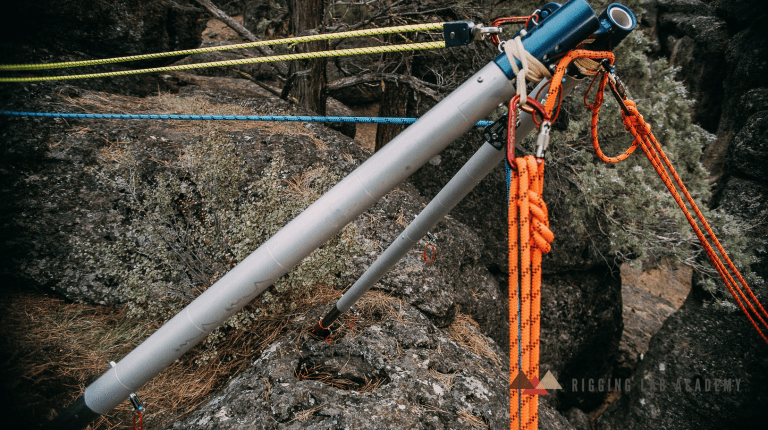

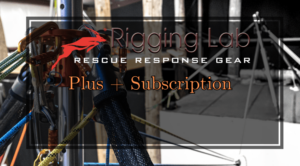
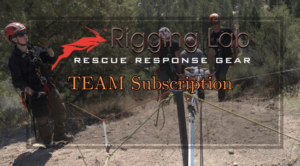
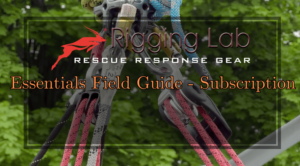
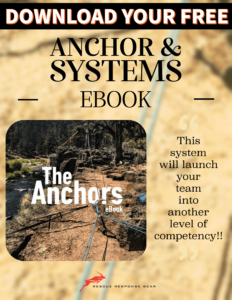
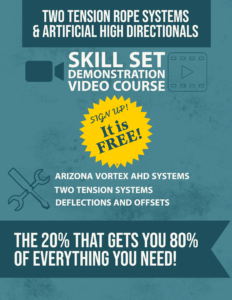
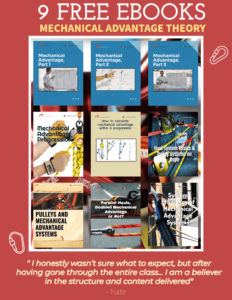

7 thoughts on “General Guidelines to a Successful Operation of the Vortex”
952663 904734Perfectly written topic material , thanks for selective information . 593788
255333 668899Aw, this was a truly good post. In concept I wish to put in writing like this additionally ?taking time and actual effort to make an exceptional article?nonetheless what can I say?I procrastinate alot and by no indicates seem to get something done. 42624
Fastidious answers in return of this query with firm arguments
and telling everything about that.
A big thank you for your post.Really thank you! Much obliged.
You made some respectable points there. I looked on the internet for the issue and located most people will go along with with your website.
500323 139099I always visit your weblog and retrieve everything you post here but I never commented but today when I saw this post, I couldnt stop myself from commenting here. Fantastic post mate! 251530
Spot on with this write-up, I really suppose this website needs rather more consideration. I’ll most likely be once more to learn much more, thanks for that info.
Comments are closed.